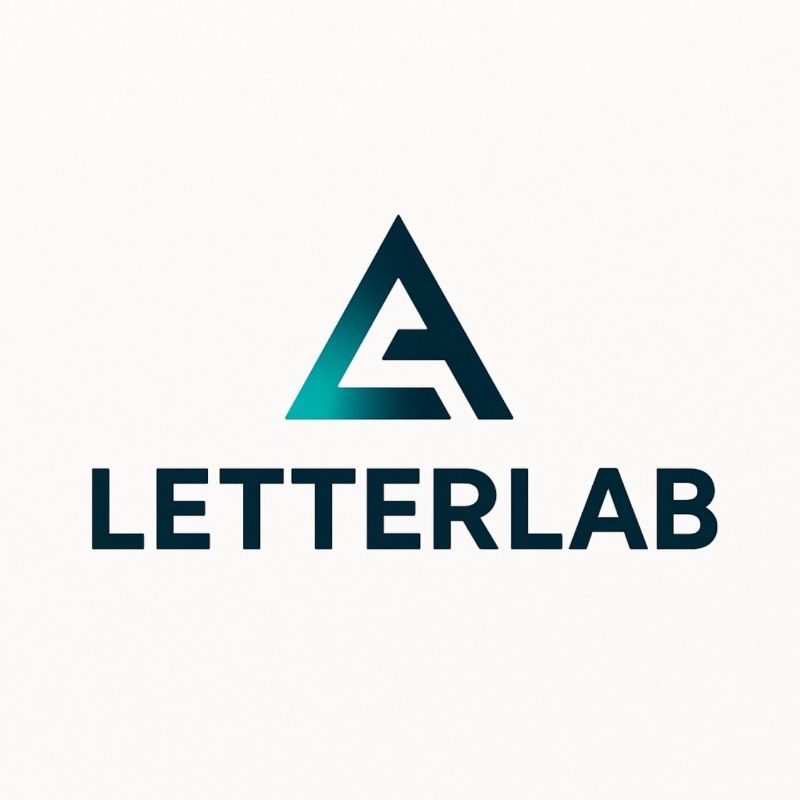The Psychology of Persuasive Letters: How to Write Letters That Get Results!
- James Pite
- Mar 31
- 4 min read
Updated: Apr 4

A well-crafted letter can be a powerful tool, whether you're seeking a favour, making a request, or influencing a decision. Yet, the art of persuasion goes beyond eloquent words and heartfelt appeals. It taps into the psychology of influence, using proven principles to sway even the toughest audiences.
In this comprehensive guide, we’ll explore the psychology behind persuasive letters, backed by expert advice and real-world examples. You’ll learn how to make your letters impactful, even if you’re new to persuasive writing.
Why Do Persuasive Letters Work?
The effectiveness of a persuasive letter isn’t just about putting words on paper, it's about understanding how people think and respond. Dr. Robert Cialdini, a renowned expert on the psychology of influence, identified six principles that drive persuasion:
Reciprocity: People feel obligated to return favours.
Commitment and Consistency: People align with commitments they’ve made.
Social Proof: People follow the actions of others.
Authority: Experts’ opinions carry weight.
Liking: People are more easily influenced by those they like.
Scarcity: Limited availability increases value.
🔗 Authoritative Source: According to Psychology Today, leveraging these principles in your letters can significantly increase your chances of success.
The Anatomy of a Persuasive Letter
Writing a persuasive letter requires a thoughtful structure. Each component should serve a purpose in reinforcing your argument.
1. The Attention-Grabbing Introduction
The opening should be bold and engaging, immediately stating your request or purpose. Avoid weak openings, get straight to the point.
✅ Strong Example: “I’m reaching out today because I believe an exclusive collaboration between LetterLab and your platform could drive impactful results for both parties.”
❌ Weak Example: “I’m writing to inquire if you might be interested in a potential collaboration.”
🔗 Expert Insight: As Forbes highlights, a powerful introduction is crucial for grabbing attention.
2. Building a Persuasive Argument
The body of your letter should outline your reasoning, supporting it with facts, examples, and evidence. Use Cialdini’s principles to strengthen your case:
Reciprocity: Offer something of value—insight, information, or help.
Social Proof: Mention relevant success stories or partnerships.
Authority: Reference experts or credible sources.
✅ Strong Example for a Business Collaboration Letter: "Our recent partnership with [Notable Brand] saw a 40% increase in engagement, demonstrating the impact of strategic collaboration."
🔗 Authoritative Source: The Harvard Business School emphasises the power of authority and credibility in persuasion.
3. Emotional Appeal: The Heart of Persuasion
While logic builds your case, emotion makes it compelling. Craft your message to resonate on a personal level.
✅ Strong Example for a Charity Appeal: “Imagine a world where every child has access to education—your contribution can make that vision a reality.”
🔗 Expert Insight: According to Mind Tools, emotion drives decision-making, making it a vital tool in persuasion.
4. The Call to Action: Make It Clear and Direct
Your closing should include a specific, actionable step. A vague or timid close weakens your impact.
✅ Strong Example: “Let’s schedule a call next week to discuss this collaboration in detail. Are you available Tuesday or Wednesday?”
❌ Weak Example: “I look forward to hearing from you soon.”
🔗 Authoritative Source: Glassdoor advises making your CTA direct and actionable for best results.
Example of a Persuasive Letter
Here’s a sample letter that applies all the principles discussed:
Subject: Unleashing Potential: A Strategic Collaboration with LetterLab
Dear [Recipient’s Name],
I’m reaching out today because I believe a strategic collaboration between LetterLab and [Company Name] could drive significant mutual value. Our unique approach to professional letter writing has proven results, including a 40% increase in client engagement for our recent partner, [Notable Brand].
We’re committed to helping professionals communicate effectively—whether it’s writing a powerful resignation letter, a demand letter for personal injury, or a financial aid appeal. By partnering with [Company Name], we could amplify this impact while increasing your audience’s access to valuable resources.
Let’s schedule a call next week to discuss how we can make this collaboration a success.
Are you available Tuesday or Wednesday?
I look forward to the opportunity to discuss this further.
Best regards,
[Your Full Name]
[Your Position] LetterLab
Client Success Story: Turning "No" Into "Yes"
A client approached us struggling to secure a sponsorship. Their initial request letter was polite but unconvincing. We revised it, focusing on reciprocity, authority, and a powerful CTA. The result? A sponsorship worth £10,000.
🔗 Expert Insight: The Chartered Institute of Public Relations confirms that using persuasive techniques can turn a rejection into a success.
Why a Persuasive Letter Matters
Whether you’re crafting a cover letter, seeking funding, or requesting a favour, mastering persuasive writing can open doors you never thought possible.
A strong letter is more than words—it’s an opportunity to influence, inspire, and get results. Use psychology-backed principles, focus on clarity, and speak with confidence.
Ready to Master Persuasive Writing?
Don’t let your words fall flat. At LetterLab, we specialise in writing persuasive letters that make an impact. From job applications to formal business requests, we’ll help you craft the perfect message.
📩 Get in touch today to make your words work for you!




Comments